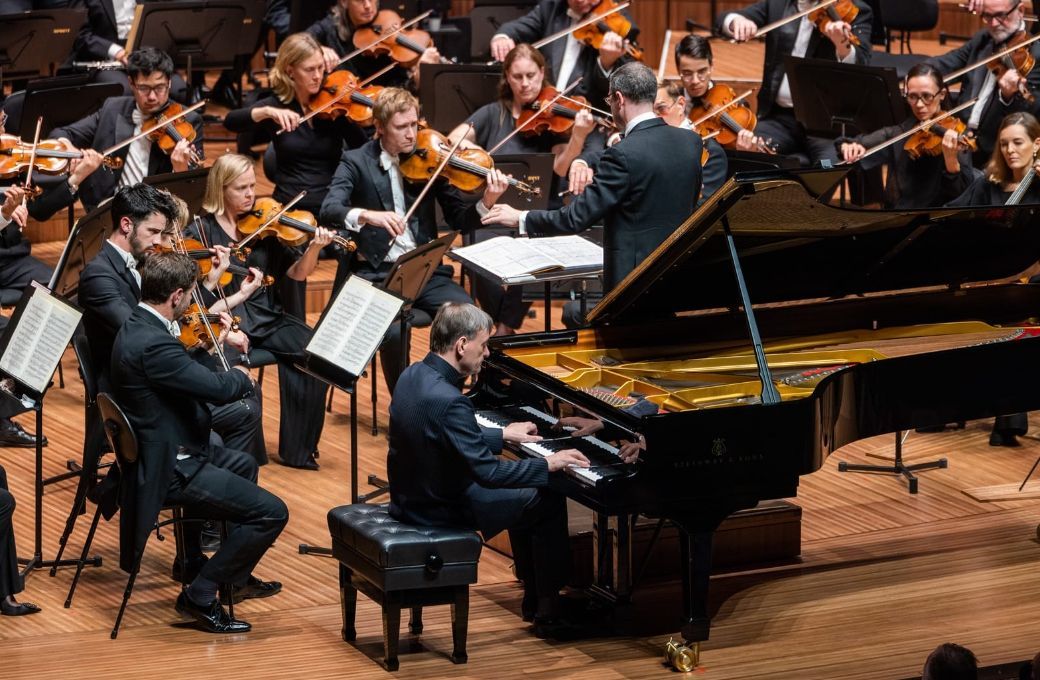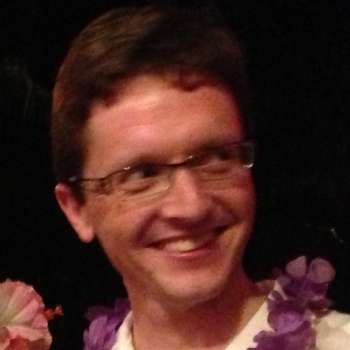The second knighted musician to visit in a matter of weeks (Simon Rattle was the first), Sir Stephen Hough’s Sydney residency was bookended by performances of Rachmaninov’s first two concertos, with a solo recital in between. The Saturday afternoon Sydney Symphony Orchestra concert which began with Rachmaninov’s beloved Second Piano Concerto showed off Hough’s sensitive musicianship, particularly in the central Adagio sostenuto which was magical throughout (and credit to the clarinet for a beautifully shaped solo), but also in the more relaxed sections of the first movement.

Hough was masterfully controlled in the epic and stormy passages in the outer movements, but the jet-flame propellant of passion was lower than ideal. In the surging arpeggio passages, I had the impression that Hough would have liked to push on more than conductor John Wilson, leading to momentary misalignments as the pianist arrived on downbeats a fraction ahead of the orchestra. None of this impacted on the enthusiasm of the audience and Hough rewarded them with a pellucid miniature by the Australian-English composer Malcolm Williamson.
Last performed by the SSO in 2015 under Charles Dutoit, Respighi’s Roman trilogy is a masterful feat of representation and a coloristic showcase without equal. The three tone poems were both times performed in the order Roman Festivals, Fountains of Rome and Pines of Rome, a layout which allows the shorter Fountains, with its gentle beginning and end, to function as a contrasting middle “movement” of sorts.
The orchestra rose superbly to what was demanded of them from the thrilling opening of Circuses: the excitement of the crowd in the Circus Maximus, summoned by the brass playing from behind the choir balcony; the menacing strut of lions (stark trombones and low strings); the devotional hymn of the soon-to-be martyred Christians; and the terrifying melée which ensued all vividly captured. There was scintillating rapid passage work from the strings in October and an ending which tested the limits of audibility. In the concluding Epiphany, Ronald Prussing revelled in the ultra-vulgar trombone solo, and the Ivesian clash of different melodies brought out the genial chaos of such public gatherings.
Fountains uses a slightly smaller orchestra, but the same high-quality musicianship was on show, whether from the more attenuated forces in the Fountain of Valle Giulia at Dawn section, or the wake-up call at the start of the morning section (the fountain in question is Bernini’s Triton, who blows through a shell, an effect Respighi imitates), or the Sugar-Plum fairy delicacy in the Villa Medici Fountain at Sunset.
After the quiet ending of Fountains, the portrayal of the Villa Borghese at the start of Pines was like a jolt of new energy, with the rippling passagework from violins, harp, upper winds and a large number of tuned percussion (piano, celesta, bells). The cut to the solemnity of the Catacombs was almost shocking. In the Gianicolo, the addition of the recorded nightingale calls served as a reminder that these birds were not only heard in Berkeley Square, but were once a common part of the nocturnal landscape across Europe. The almost overwhelming volume at the end of the Via Appia outdid all the earlier climaxes. An outstanding display from the Sydney Symphony and Wilson throughout.


